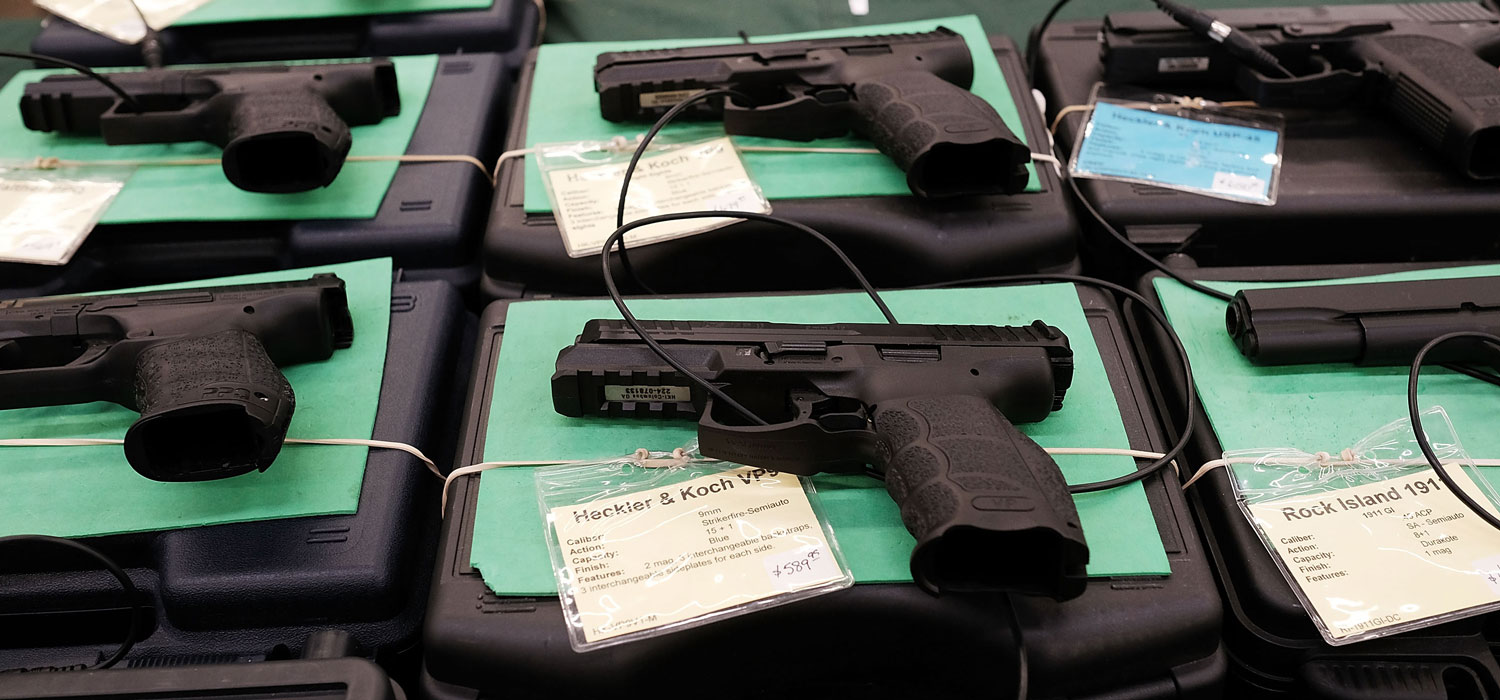
Read the authors’ previous post.
Better understanding how guns affect people—and who bears the brunt of the fallout—is one of the first steps toward reducing gun violence. But providing policymakers and other interested groups with an economic perspective to gun violence can also deepen our understanding of this challenge and help identify new ways to save lives.
Can we measure the “cost” of gun violence victimization?
The traditional approach to estimating the financial burden of victimization is the cost of illness method, typically used in the medical field to identify and measure the costs of a particular illness or injury. Those costs include direct costs (e.g., hospital and drugs), indirect costs (e.g., counseling and legal services), and intangible costs (e.g., pain and suffering). For gun violence, this burden is typically measured as the sum of medical costs and reduced productivity of the victims (intangible costs are typically not included because they are difficult to quantify).
A prominent (though dated) study on the medical costs of gunshot injuries in the United States estimated that a gunshot injury cost, on average, about $17,000 per person in 1994. In aggregate, lifetime medical costs were estimated at roughly $2.3 billion that year, nearly half of which ($1.1 billion) was borne by US taxpayers. (A more recent estimate put the 2012 cost at $229 billion.)
Costs to the taxpayer include lost productivity and specific spending through public health insurance programs like Medicaid. An Urban Institute report found that public health insurance picked up more than half of hospital costs for injuries caused by firearm assault in 2010.
How much would Americans pay to reduce gun violence?
One critique of the cost of illness method is that it counts the number of gunshot injuries and multiplies that number by an estimate of the average cost of each injury. But other researchers have argued that this method ignores the costs associated with the precautions people take to avert victimization.
As an alternative, some scholars try to determine the economic value people place on reducing gun violence; for instance, asking respondents how much they would be willing to pay for programs to reduce gun deaths or injuries.
One survey asked respondents how much they would be willing to pay (through taxes) for a program that would ultimately “reduce gun injuries by about 30 percent.” Their estimates suggest that this hypothetical reduction is worth about $24.5 billion (in 1998 dollars), or about $1.2 million per injury avoided.
Results from the same study suggest that having a child under age 6 in the household increased the willingness to pay by 50 percent and having a child between ages 6 and 17 increased the willingness to pay by 25 percent.
We still need data on communities
Despite the interest in estimating the costs of gun violence for individuals (as victims or taxpayers), we still know little about the economic impact of gun violence on neighborhoods.
Violent crime can significantly affect communities by affecting housing prices and neighborhood business activity. According to a 2006 study, while violent crimes negatively affected housing values across all neighborhoods, the effect was most pronounced for low-income neighborhoods. Another study in 2009 provided further evidence that a higher level of violent crime in a given year increases the number of home sales in only ethnically heterogeneous neighborhoods. And according to a 2004 study, increased violence had the greatest impact on the growth of service-related establishments in low-crime neighborhoods. If we’re going to make financial assessments of the impact of guns, we need to know all the ways they affect communities.
To answer these remaining questions, we are conducting a new study in six US cities to expand what we know about violent crime, specifically gun violence, and neighborhood economic health. We aim to bring a new perspective to the debate over guns and gun violence by improving our understanding of how gun violence affects neighborhoods and communities. Understanding how gun violence affects homes and businesses could produce new strategies for bringing communities together to reduce gun violence. The findings from this study will be available this winter.
Tune in and subscribe today.
The Urban Institute podcast, Evidence in Action, inspires changemakers to lead with evidence and act with equity. Cohosted by Urban President Sarah Rosen Wartell and Executive Vice President Kimberlyn Leary, every episode features in-depth discussions with experts and leaders on topics ranging from how to advance equity, to designing innovative solutions that achieve community impact, to what it means to practice evidence-based leadership.